First cotton seeds grown on the moon
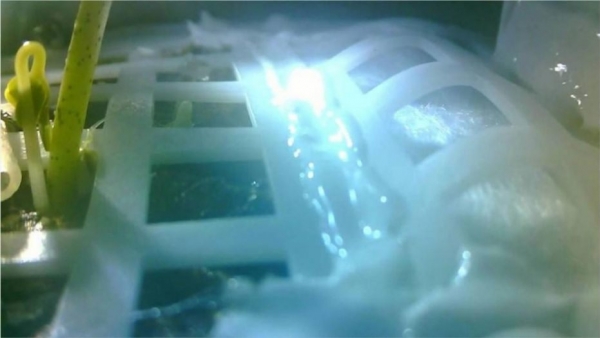
China has managed to grow the first cotton seeds on the moon.
The seeds were germinated on Chinese Chang’e-4 lunar lander and started growing after the spacecraft landed. It is the first time that any biological product has grown on the moon.
Chinese scientists sent an 18-cm package containing air, water and soil that included cotton, arabidopsis, a flowering plant of the mustard family, potato seeds, fruit-fly eggs and yeast. The package was placed on the surface of the moon. Photosynthesis is achieved by directing natural light into a canister through a tube. Images show that, until now, only the cotton seeds have sprouted.
According to Chinese researchers, a challenging part of the attempt is to keep appropriate growing temperatures in the canister when the moon's temperature ranges from -173ºC (-279.4ºF) to 100ºC (212ºF). Some concerts are raised about the hazard of contaminating the moon's environment. However, scientists do not worry as the moon has already been subjected to human waste left by the Apollo astronauts.
Being able to grow plants outside of Earth would be a huge leap for humanity as it would facilitate long-term space missions (e.g. Manned missions to Mars). Astronauts would be able to grow food and survive for much longer. Liu Hanlong, the scientist leading the experiment, stated: “We have given consideration to future survival in space. Learning about these plants’ growth in a low-gravity environment would allow us to lay the foundation for our future establishment of space base.”
Chang’e-4 departed from the Xichang Satellite Launch Center in Sichuan province on early December to land on January 3, 2019. It is the first spacecraft to have landed on the far side (also known as dark side) of the moon. Besides investigating planting potential, its purpose is to study and analyze the geology of the moon, the cosmic radiation and the interaction between solar wind and the moon’s surface.
China has planned to launch 4 extra lunar missions. Spacecraft Chang’e 5 will depart by the end of 2019 and will bring samples from the moon to earth for the first time since the 1970s. Chang’e 6 will also bring samples deriving from the south pole of the moon while unmanned vehicles will conduct detailed investigation of the area. The ultimate purpose is to establish a lunar research base, possibly utilizing 3D printing technology to construct the facilities.
Sources: BBC.com, Theguardian.com, Time.com
Sources: BBC.com, Theguardian.com, Time.com
Want to read more like this story?
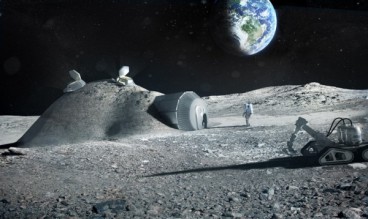
China to construct a research base on the moon
May, 06, 2019 | NewsChina will attempt to build a research base in the south pole of the moon starting in the following...
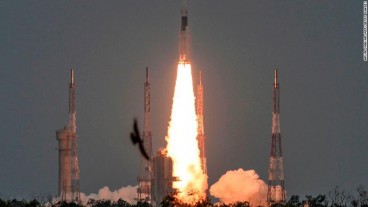
India to become the 4th country to land on the moon
Sep, 09, 2019 | NewsThree countries, U.S., Soviet Union and China, have managed to land a spacecraft on the moon's surf...
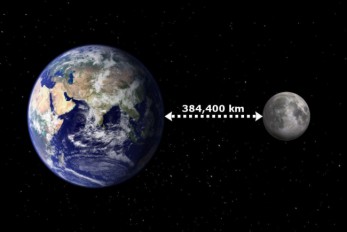
Moon is making the days on Earth longer
Jun, 18, 2018 | NewsA study shows evidence that as the distance between Earth and the moon increases year by year, the d...
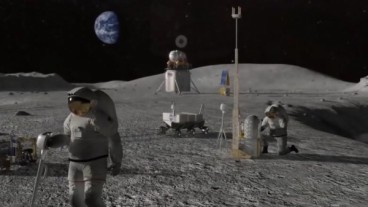
NASA plans to return to the moon: How much will the attempt cost?
Jun, 21, 2019 | NewsNASA has announced the intention to return to the moon as soon as 2024 and some estimates about the...

Earth and Moon struck by asteroid shower 800 million years ago
Jul, 29, 2020 | NewsAccording to a new study, a vast meteoroid bombardment struck the Earth and the Moon about 800 mill...
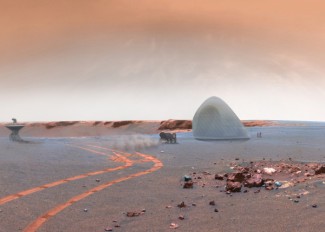
Astronauts investigate what happens to concrete when it's mixed in space
Sep, 11, 2019 | NewsIn an innovative attempt, astronauts examined what happens to concrete when it's produced in sp...
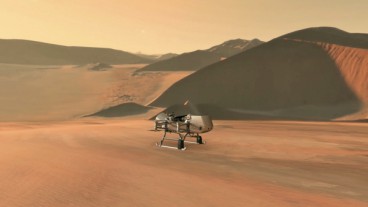
NASA to send an exploration drone on Saturn's largest moon
Jul, 16, 2019 | NewsNASA plans to send a drone to explore the surface of Titan, Saturn's largest moon. Titan is...
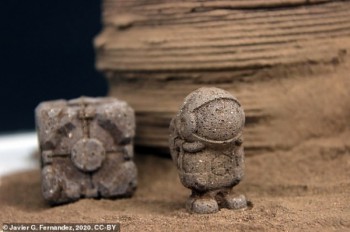
From what material will buildings on Mars be constructed?
Sep, 16, 2020 | NewsA material that exists on Earth but is not used in the construction industry can be utilized for fut...

Construction of Lunar Base in Consideration by Russia and China
May, 12, 2015 | NewsAfter meeting with Chinese officials last week, Russian Deputy Prime Minister Dmitry Rogozin announc...
Trending

Vertical gardens in Mexico City to combat pollution

Characteristics of Load Bearing Masonry Construction

Taipei 101’s impressive tuned mass damper

Saudi Park Closed After 360 Big Pendulum Ride Crashes to Ground, 23 injured

Dutch greenhouses have revolutionized modern farming

Federal court rules Biden’s offshore drilling ban unlawful


